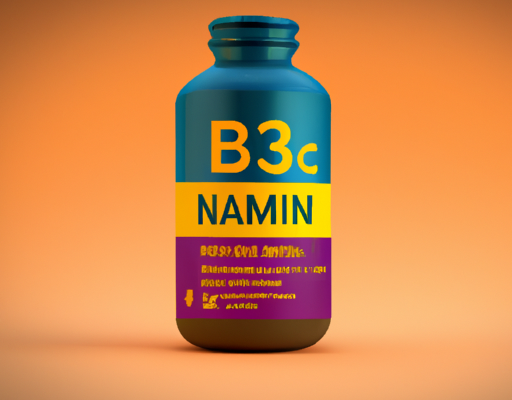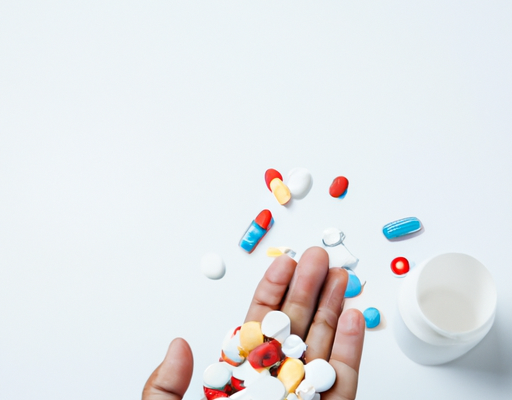•Causes
Hypothalamic Diabetes Insipidus (DI) is a rare disorder that is caused by dysfunction of the hypothalamus and pituitary gland. The hypothalamus is a part of the brain that controls the production of hormones and the secretion of antidiuretic hormone (ADH). DI occurs when the body produces insufficient ADH, resulting in excessive urination and dehydration.The causes of DI can be divided into three categories:
- Congenital DI: This is a rare inherited disorder which can be caused by genetic mutations.
- Acquired DI: This is caused by medical conditions or medications that affect the hypothalamus or pituitary gland.
- Idiopathic DI: This is a form of DI with no known cause.
In some cases, DI may be caused by a head injury or infection, as well as by tumors or abnormal blood vessels in the hypothalamus or pituitary gland. In addition, some medications, such as lithium, can cause DI.
•Symptoms
Hypothalamic diabetes insipidus, also known as central diabetes insipidus, is a rare disorder of the pituitary gland that produces inadequate levels of the hormone vasopressin. This condition can lead to excessive urination, excessive thirst, and dehydration. Symptoms are usually more severe in children than adults, and the treatment usually involves hormone replacement therapy. Common signs of hypothalamic diabetes insipidus include increased thirst, increased urination, and dehydration. Patients may also experience sudden weight loss and fatigue due to the body’s inability to absorb and retain water. Other symptoms may include confusion, muscle weakness, nausea, and vomiting. If left untreated, this disorder can lead to serious medical problems, including electrolyte imbalances, kidney failure, and even death. Treatment usually involves hormone replacement therapy, and in some cases, surgery may be necessary to correct the underlying problem.
•Diagnosis
Diagnosis of hypothalamic diabetes insipidus is performed based on the patient’s clinical presentation and history, a physical examination, hormonal testing, and imaging studies. The diagnosis of this condition is established through a combination of urine tests and blood tests that measure the levels of antidiuretic hormone (ADH). A decrease in ADH levels in the blood suggests the presence of diabetes insipidus. Imaging studies such as computed tomography (CT) and magnetic resonance imaging (MRI) may also be used to evaluate the size and structure of the hypothalamus and to identify any obstructions or tumors in the area. In addition, patients may have to undergo a water deprivation test in which ADH levels are monitored after the patient has gone without drinking water for a certain amount of time. With the help of these tests, a doctor can diagnose hypothalamic diabetes insipidus and provide the appropriate treatment.
•Treatment
Hypothalamic Diabetes Insipidus is a rare disorder characterized by the body’s inability to regulate the amount of water in the bloodstream. It is caused by an inadequate production of a hormone called vasopressin, which is produced by the hypothalamus. The disease affects the body’s ability to conserve water and produce urine, resulting in frequent urination and dehydration. Treatment for hypothalamic diabetes insipidus is most often prescribed by endocrinologists, who will work to diagnose the underlying cause of the disorder. Treatment options include hormone replacement therapy, medications and lifestyle changes. Hormone replacement therapy involves administering the missing hormone, vasopressin, to the body to help regulate the amount of water in the bloodstream. Medications can be used to block the body’s production of urine, while lifestyle changes such as increased water intake and dietary modifications can help to promote hydration. In some cases, surgery may be necessary to correct the underlying cause.
•Outlook
The outlook for Hypothalamic Diabetes Insipidus varies depending on the underlying cause. With the right diagnosis and timely treatment, the chances of a positive outcome are good. Generally, the outlook is positive if the underlying cause can be treated or managed.
Patients with hypothalamic diabetes insipidus should take the following steps for a positive outcome:
- Follow treatment plan as prescribed by healthcare professional
- Manage symptoms with lifestyle changes like drinking plenty of fluids
- Monitor urine output, thirst and other symptoms regularly
- Maintain regular follow-up appointments with healthcare professional
- Take medications regularly and as prescribed
If the underlying cause is not treatable, supportive treatments can be used to manage the symptoms of hypothalamic diabetes insipidus. With proper diagnosis, lifestyle changes, and medical intervention, most patients can live a normal, healthy life.





No Comments